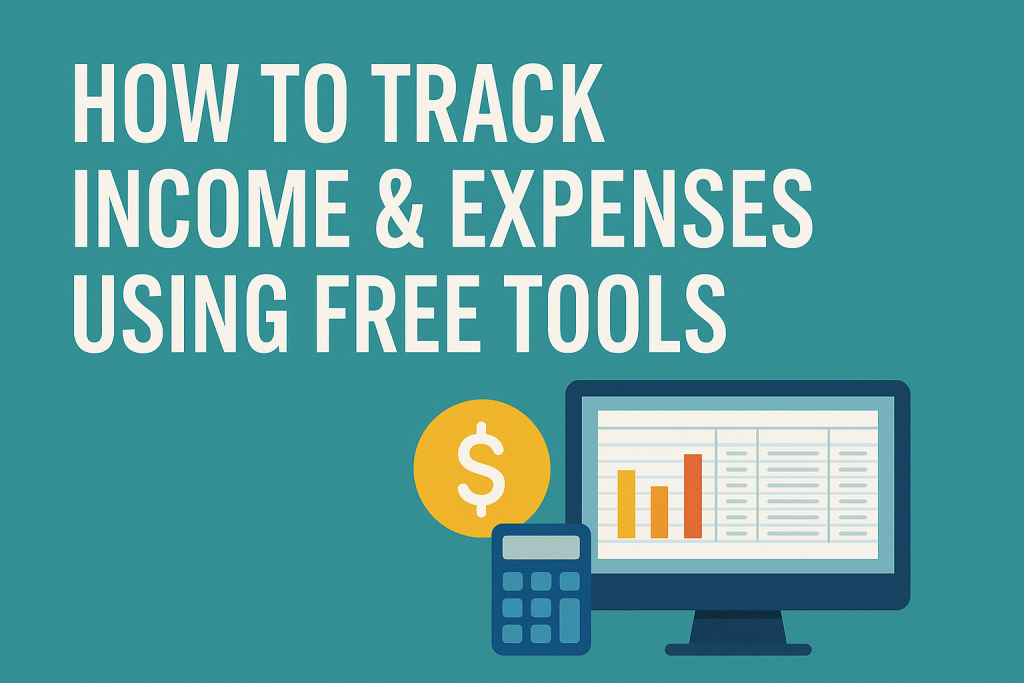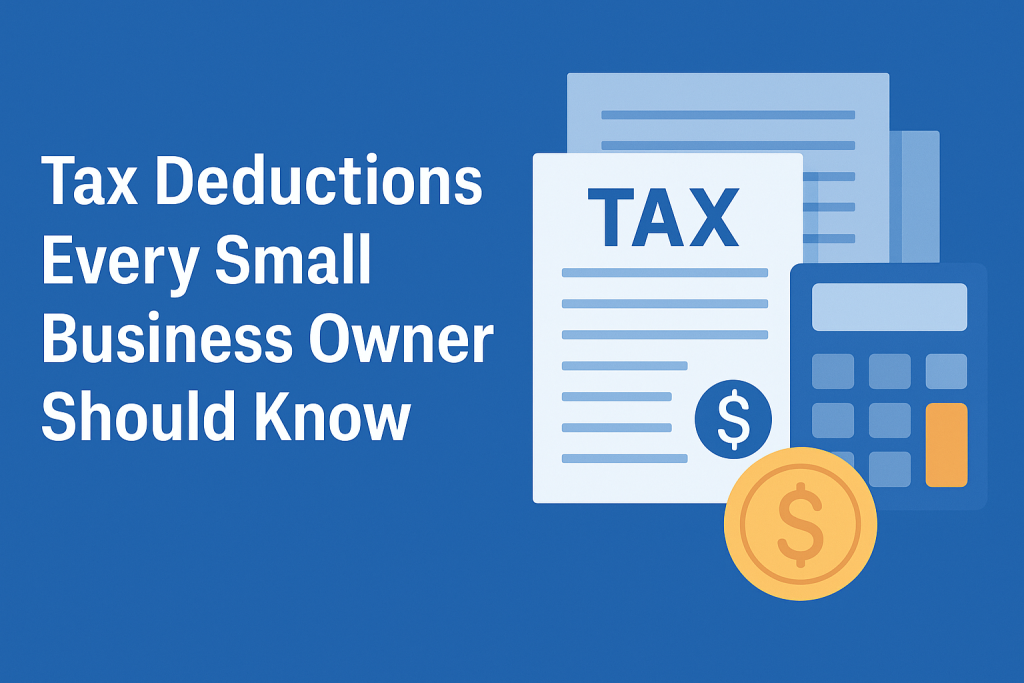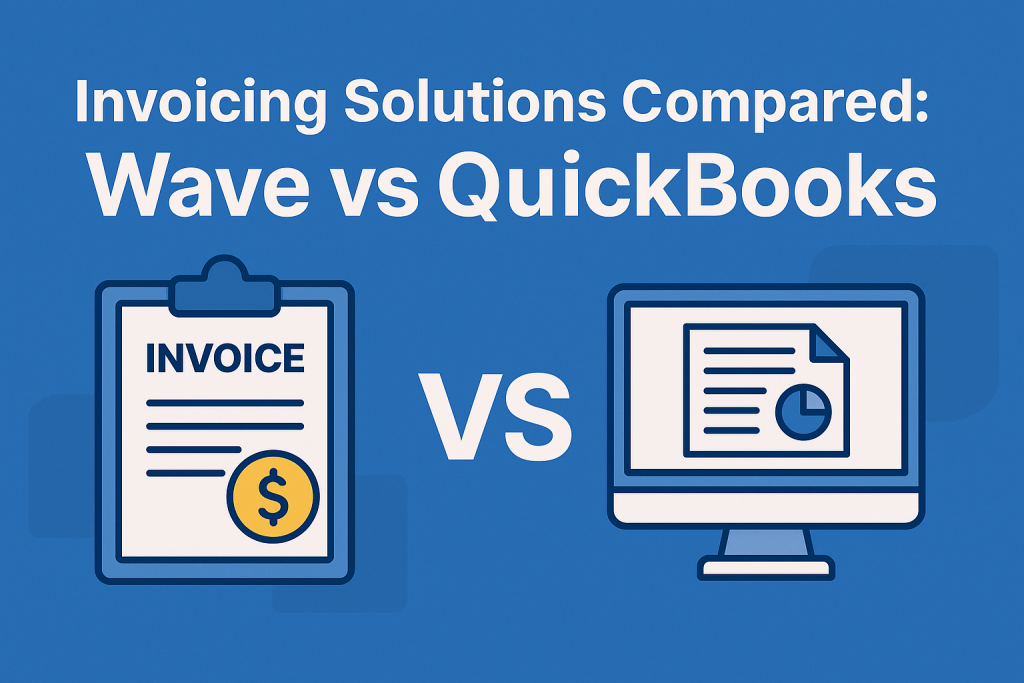Whether you’re a freelancer, solopreneur, or small business owner, managing your finances is critical to your long-term success. But that doesn’t mean you need to pay for complex accounting software or hire a bookkeeper.
Thanks to modern technology, you can easily learn how to track income and expenses using free tools—no spreadsheet wizardry required. With a bit of consistency and the right platforms, you can gain full control over your money.
In this article, we’ll walk you through free and simple ways to stay on top of your finances without spending a dime.
Why You Should Track Income and Expenses
Budgeting isn’t just about cutting costs—it’s about clarity. When you know exactly how much money is coming in and where it’s going out, you can make smarter business and personal decisions.
Key Benefits of Tracking Your Finances
- Helps you avoid overspending
- Makes tax time easier and more accurate
- Allows you to set goals and measure progress
- Builds a financial safety net through informed planning
Money management isn’t about being restrictive—it’s about being aware and intentional.
Step 1: Choose the Right Free Tool for You
There’s no one-size-fits-all solution. The best tool depends on your income sources, spending habits, and whether you need to track personal, business, or both types of finances.
Popular Free Tools to Consider
- Google Sheets or Excel Online – Best for custom trackers and flexibility
- Mint (by Intuit) – Good for personal budgeting and automatic syncing
- Wave Accounting – Ideal for freelancers and small business owners
- Goodbudget – Envelope-style budgeting app, great for simple planning
- Notion Templates – Highly customizable for tracking anything from income to client invoices
Try a few and see which interface fits your workflow best.
Step 2: List All Sources of Income
Start by tracking every dollar that comes in. This could be from your job, business sales, freelance gigs, or side hustles.
Include These in Your Income Section
- Paychecks or salary
- Freelance/client payments
- Rental or passive income
- Refunds or reimbursements
- Bonuses or commissions
Track income regularly (weekly or monthly) so you’re never guessing.
Step 3: Categorize and Track Your Expenses
Expenses add up quickly. Group them by category so you can identify trends and adjust spending if needed.
Common Expense Categories
- Rent or mortgage
- Utilities and internet
- Groceries or meals
- Software subscriptions
- Marketing or ad spend
- Taxes and licenses
- Insurance
- Transportation
Categorizing expenses helps you spot patterns and make adjustments easily.
Step 4: Set Monthly Budgets and Spending Limits
Once you’ve tracked a few months of income and expenses, you can start to budget more effectively.
How to Create a Monthly Budget
- Review average monthly income
- Analyze past spending trends
- Set spending goals per category
- Use a buffer for irregular or surprise expenses
The goal isn’t perfection—it’s progress. Start small and refine as you go.
Step 5: Automate Whenever Possible
Free tools like Mint and Wave can automatically sync with your bank account and categorize transactions for you, saving time and reducing manual work.
Automation Tips
- Connect checking, credit card, and PayPal accounts
- Set up alerts for large or unusual charges
- Use recurring transactions to plan ahead
- Export reports monthly for deeper analysis
Automation frees up time so you can focus on growing—not just managing—your finances.
Step 6: Review and Adjust Monthly
Tracking is only useful if you review and act on the data. Make it a habit to check in at the end of each month.
What to Look For
- Were you over or under budget?
- Did income meet or exceed expectations?
- Any unnecessary subscriptions or hidden charges?
- Can you increase savings or reduce non-essentials?
Schedule a recurring “money meeting” with yourself—it makes a big difference.
Final Thoughts
Learning how to track income and expenses using free tools doesn’t have to be complicated or expensive. With just a few minutes each week, you can build awareness, reduce stress, and make smarter financial choices.
Start simple: pick one tool, track consistently, and review regularly. Over time, you’ll develop habits that support your goals—and your bottom line.
Ready to Get Started?
- 📥 Download our Free Income & Expense Tracker Template (Google Sheets)
- 🧩 Explore our list of the 5 best free budgeting tools
- 💬 Tell us in the comments: Which free tool do you use to track your finances?


